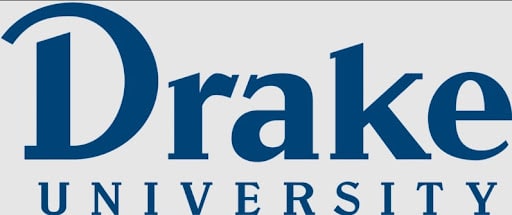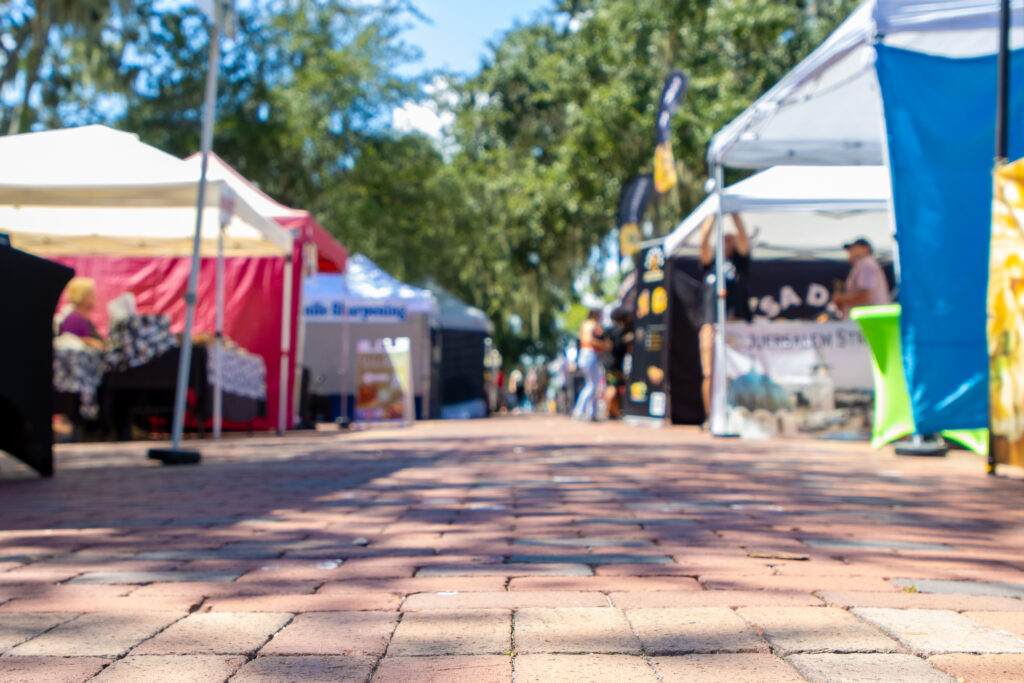$284B second round of PPP lending to begin next week

JOE GARDYASZ Jan 8, 2021 | 9:32 pm
4 min read time
840 wordsAll Latest News, Economic Development, Retail and BusinessThe U.S. Small Business Administration, in consultation with the Treasury Department, announced today that the Paycheck Protection Program will reopen the week of Jan. 11 for new borrowers and certain existing PPP borrowers. To promote access to capital, initially only “community financial institutions” will be able to make First Draw PPP Loans on Monday, and Second Draw PPP Loans on Wednesday. The PPP will open to all participating lenders “shortly thereafter,” the agency said in a news release.
The SBA released updated PPP guidance outlining program changes aimed at enhancing its effectiveness and accessibility earlier this week.
The second round of PPP, authorized as part of the Economic Aid to Hard-Hit Small Businesses, Nonprofits, and Venues Act (the Economic Aid Act) signed into law on Dec. 27, provides for financial institutions to provide up to $284 billion in SBA-backed PPP loans aimed at helping small businesses retain jobs and cover other expenses through March 31. It will also enable certain existing PPP borrowers to apply for a Second Draw PPP Loan.
John Sorenson, president and CEO of the Iowa Bankers Association, provided the following statement:
“Our local small businesses continue to suffer the economic consequences of the COVID-19 health crisis. And Iowa banks are again ready to support them by delivering on this next iteration of the Paycheck Protection Program. As we speak, our banks are reviewing the latest guidance from the U.S. Treasury and Small Business Administration, so they can help eligible Iowa businesses be some of the first in the nation to submit applications for funding.”
The maximum loan amount for a Second Draw PPP loan in most cases will be the lesser of 2½ months of the borrower’s average monthly payroll costs or $2 million. The Economic Aid Act sets aside specific amounts of loan funds for new and smaller borrowers, for borrowers in low- and moderate-income communities, and for community and smaller lenders. A summary of those set-asides can be found on this SBA fact sheet.
“The historically successful Paycheck Protection Program served as an economic lifeline to millions of small businesses and their employees when they needed it most,” said SBA Administrator Jovita Carranza. “Today’s guidance builds on the success of the program and adapts to the changing needs of small business owners by providing targeted relief and a simpler forgiveness process to ensure their path to recovery.”
It’s still unclear how the SBA defines “community financial institutions,” or even how “shortly thereafter” should be interpreted, an Iowa Bankers Association spokesperson said.
In a memo to Iowa banks, the SBA said its understanding is that the term includes Community Development Financial Institutions, minority deposit institutions, certified development companies and microloan intermediaries. At this time, the SBA is not aware of any Iowa-based institutions meeting the definition that are signed up to originate PPP loans. The IBA is also awaiting clarification about what day all banks may begin making PPP loans.
According to the Treasury Department, the Paycheck Protection Program has provided 5.2 million loans worth $525 billion to America’s small businesses, supporting more than 51 million jobs.
Key PPP updates include:
– PPP borrowers can set their PPP loan’s covered period to be any length between 8 and 24 weeks to best meet their business needs.
– PPP loans will cover additional expenses, including operations expenditures, property damage costs, supplier costs and worker protection expenditures.
– The program’s eligibility is expanded to include 501(c)(6)s, housing cooperatives and destination marketing organizations, among other types of organizations.
Additionally, certain existing PPP borrowers will be able to request a modification of their first-draw PPP loan amount, and certain existing PPP borrowers are now eligible to apply for a second-draw PPP loan. Borrowers that have received a first-draw PPP loan and used the full amount only for authorized uses will generally be eligible for a second-draw PPP loan, provided they have no more than 300 employees and can demonstrate at least a 25% reduction in gross receipts between comparable quarters in 2019 and 2020.
Bankers are feeling less uncertainty in this round of PPP funding, and are also likely to see fewer potential borrowers.
“I would say that we are more prepared because everything back then was the first time we had ever done it,” said Harlee Olafson, chief risk officer for West Bank, based in West Des Moines. With this round, “we have a little more guidance,” he said. However, he noted that the SBA has not yet provided financial institutions with the application forms needed for this new round.
Given the guidelines that he has seen for the program, “I would guess there will be fewer applications than before, because fewer people will be able to qualify,” Olafson said. The set-asides for disadvantaged borrowers will become an important factor only if the program runs short of money to lend, he noted.
“What we’ve tried to do is make sure we have information out to our customer base through our website,” he said.
For more information on the SBA’s assistance to small businesses, visit sba.gov/ppp or treasury.gov/cares.









